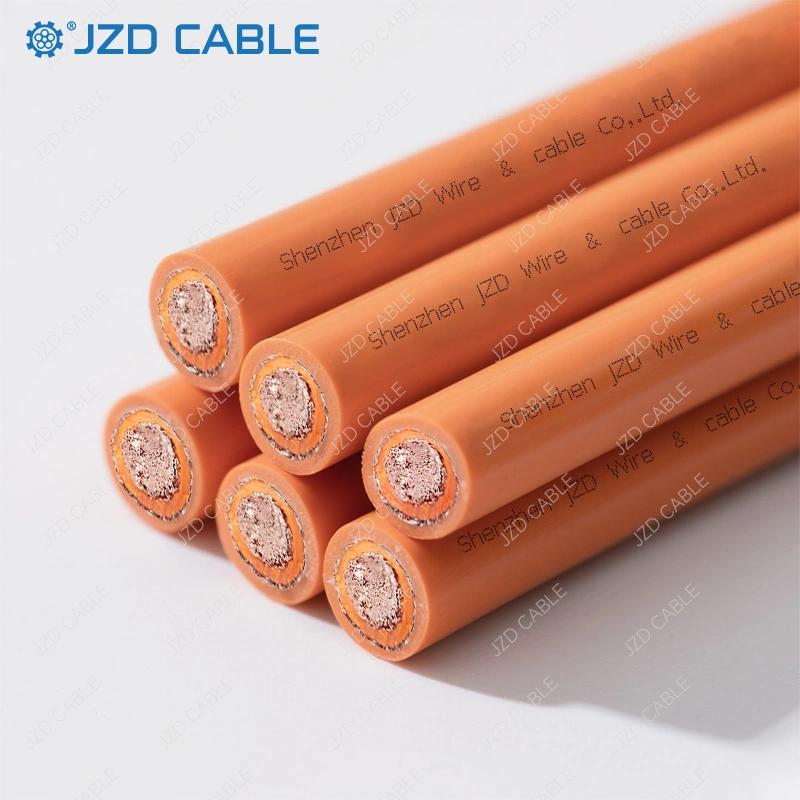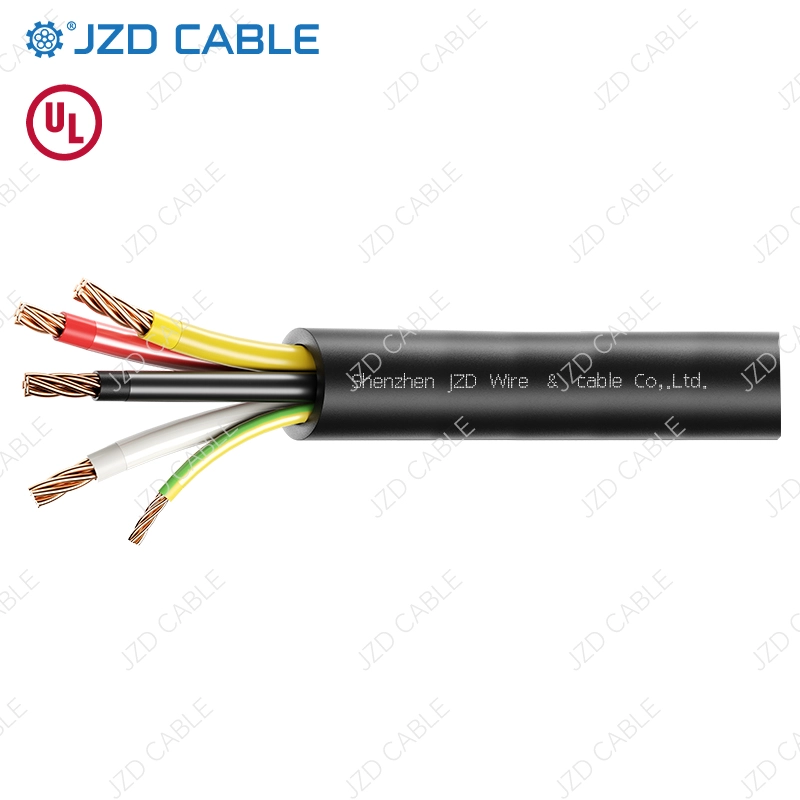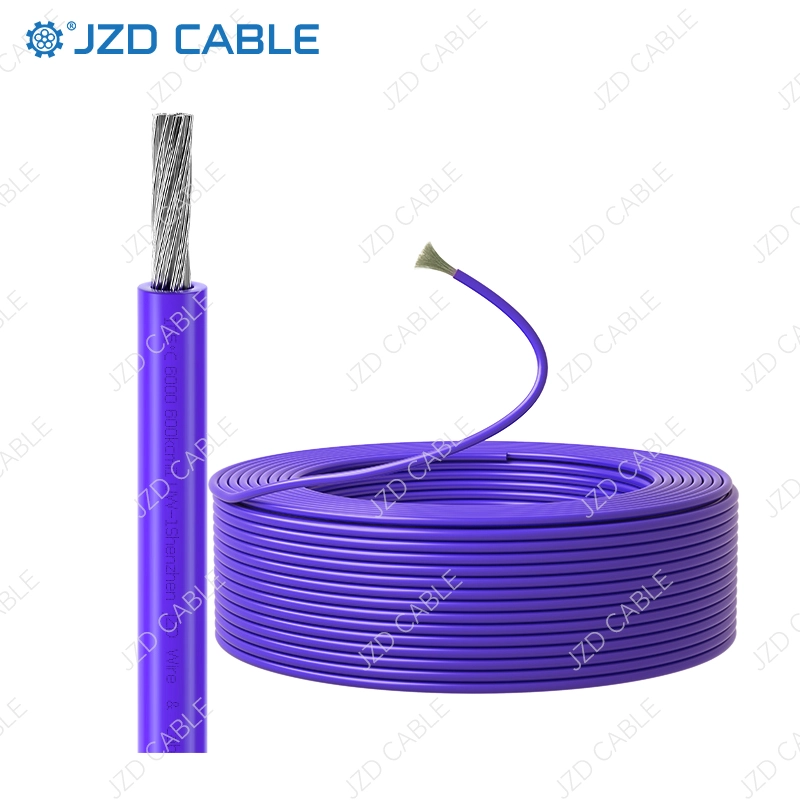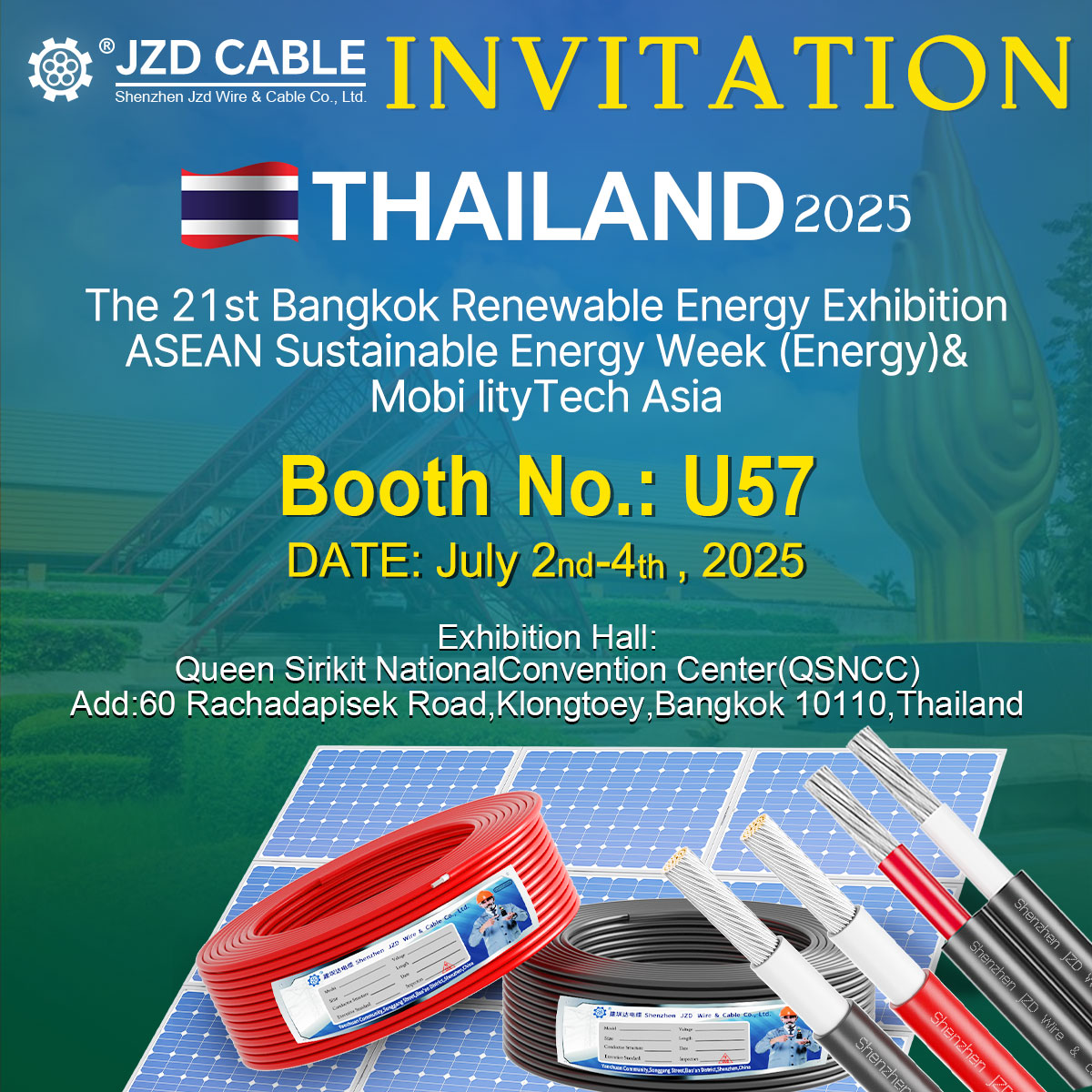Introduction to Photovoltaic Cables
Solar energy technology is emerging as one of the leading green energy solutions worldwide, with photovoltaic (PV) systems becoming increasingly popular, especially in residential applications. This has sparked greater awareness of solar power components, including photovoltaic cables. These specialized cables, commonly known as PV cables, are designed for use in solar power stations. They offer exceptional durability, such as resistance to high temperatures, cold, oil, acids, alkalis, UV radiation, flame retardancy, and environmental friendliness. With a typical lifespan of over 25 years, PV cables ensure long-term reliability in harsh climates. Common models include PV1-F and H1Z2Z2-K, which are engineered for optimal performance in demanding conditions.
PV cables are often exposed to intense sunlight and operate in extreme environments like high temperatures and UV radiation. Their superior characteristics stem from the use of cross-linked polyethylene (PE) material. This undergoes irradiation treatment, altering the molecular structure to enhance properties like heat resistance and longevity. For instance, this irradiation process prevents degradation, making them ideal for outdoor solar installations.
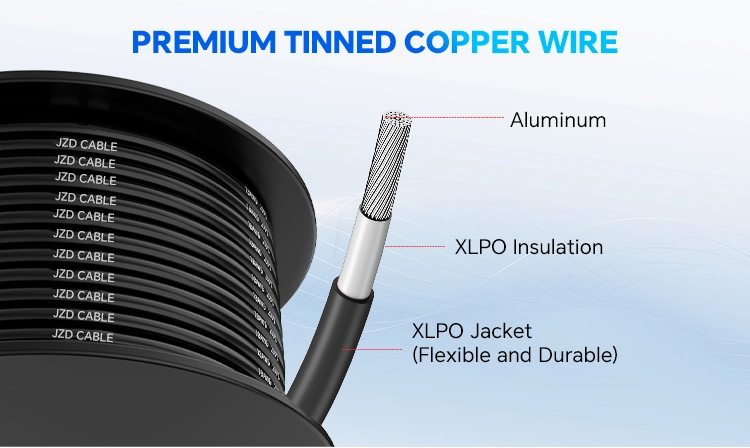
Applications of Photovoltaic Cables
Photovoltaic cables are versatile and play a critical role in various renewable energy sectors. Here are their key applications:
- Wind Energy Applications: PV cables are widely used in wind farms to connect photovoltaic systems and wind power installations. They provide reliable electrical interfaces for energy transfer, ensuring efficient power generation in windy conditions.
- Solar Energy Applications: In solar power systems, PV cables connect solar panels and components, collecting solar energy and delivering it safely to the grid. This improves power supply efficiency and reduces energy loss. For example, they are essential for rooftop solar setups in residential areas.
- Power Plant Applications: These cables are deployed in traditional and renewable power plants to link electrical devices. They stabilize energy collection, lower generation costs, and enhance overall system quality. This is crucial for large-scale solar farms requiring consistent performance.
- Other Applications: PV cables also support solar trackers, inverters, battery panels, and solar lighting systems. Their streamlined design simplifies installation in vertical setups, saving time and boosting workflow efficiency. This makes them ideal for innovative projects like solar street lights or off-grid solutions.

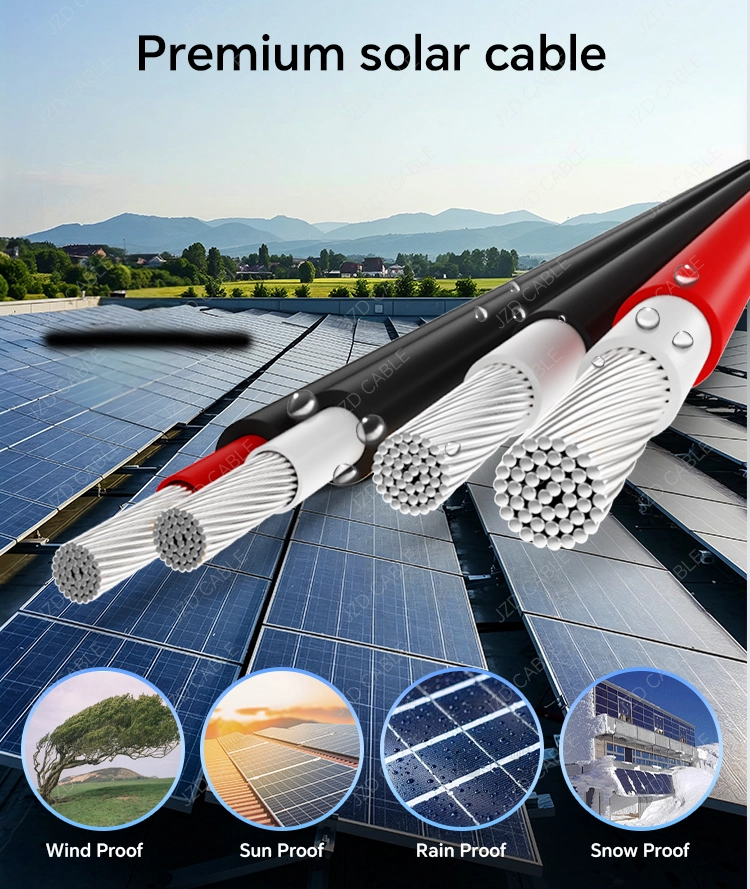
Key Features of Photovoltaic Cables
PV cables boast several advanced features that make them indispensable for sustainable energy:
- Halogen-Free and Flame Retardant: Made from halogen-free materials, PV cables prevent fires by not emitting toxic fumes or corrosive gases during combustion. This ensures safety for both the environment and human health. For instance, in case of accidents, they minimize hazards compared to standard cables.
- Excellent Temperature and Pressure Resistance: They perform reliably in extreme temperatures and high-pressure environments, maintaining stability under mechanical stress. This high strength prevents damage from external forces, guaranteeing long-term safety in diverse climates.
- Strong Corrosion Resistance: Constructed with specialized materials, PV cables withstand chemical exposure, protecting against corrosion in harsh industrial settings. This is vital for installations near coastal areas or chemical plants.
- Environmental Friendliness: As eco-friendly cables, they produce no harmful substances and are recyclable. This reduces waste and pollution, aligning with green energy goals.
- Long Service Life: With a lifespan exceeding 25 years, PV cables deliver consistent performance, supporting the durability of solar systems. This longevity translates to lower maintenance costs and higher reliability.
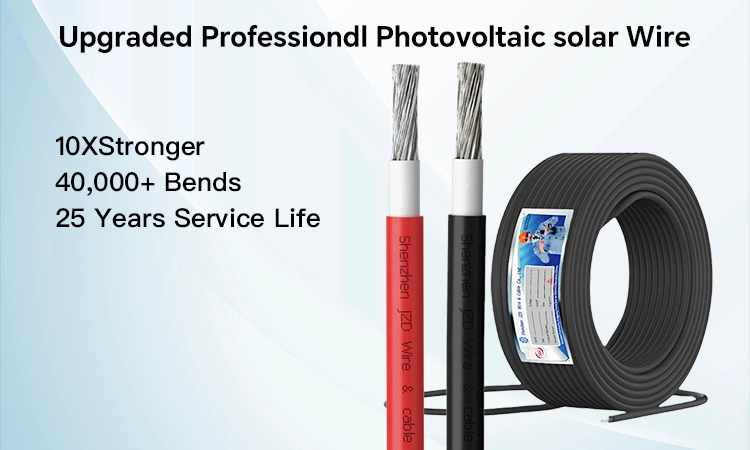
Conclusion
Photovoltaic cables are fundamental to advancing renewable energy, offering unmatched durability, safety, and efficiency for solar and wind applications. As solar technology grows, investing in high-quality PV cables ensures sustainable and cost-effective power solutions. For more insights on solar components, explore our resources at JZD Cable.




